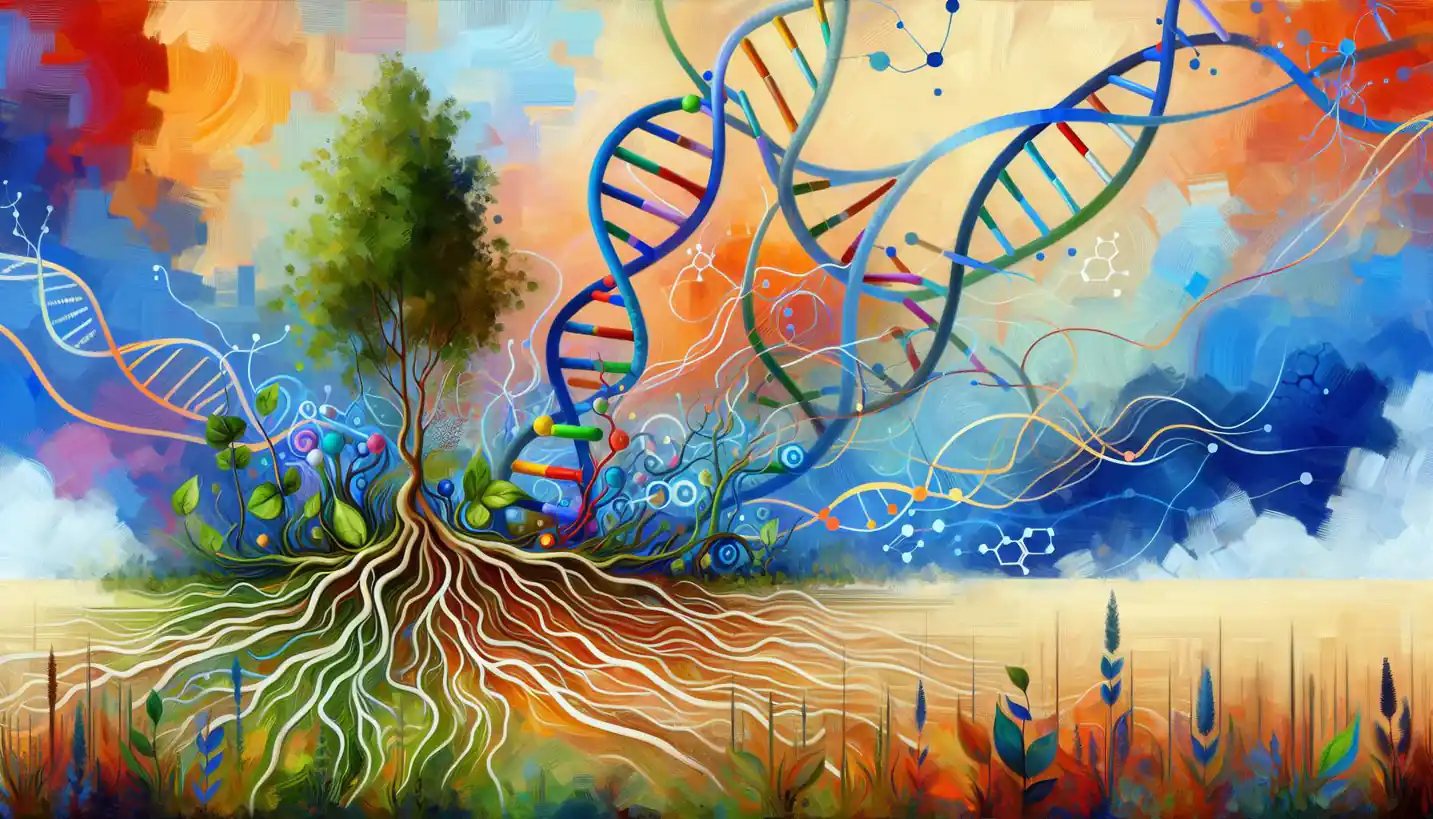· Biology · 5 min read
Chronotype: Understanding Your Biological Clock
Chronotype is all about your internal biological clock and how it affects your daily rhythm. Discover how being a morning lark or a night owl shapes your life and health.

Have you ever found yourself wide awake while everyone else is ready for bed, or struggling to keep your eyes open while the world starts buzzing? This natural variation is all about your chronotype, a fascinating concept in neuroscience and biology that explains why some people are early birds and others are night owls.
What is Chronotype?
Chronotype refers to your body’s natural preference for when to sleep and be active. It’s like an internal clock that ticks away in your brain, guiding you through cycles of sleep and wakefulness. This clock is part of your circadian rhythm, a roughly 24-hour cycle that influences sleep-wake patterns and many other bodily functions.
Imagine your brain as a symphony orchestra. Each section of the orchestra represents different processes in your body, and your chronotype is the conductor that decides when each part should play. If you’re someone who wakes up with the sun and feels energized in the morning, you might have a “morning chronotype.” On the other hand, if you find your groove late at night, you could be an “evening chronotype.”
How Does Chronotype Work?
Chronotype is influenced by several factors, including genetics, age, and exposure to light. The brain’s master clock, located in the hypothalamus, responds to light cues and aligns your body’s functions with day and night.
Genetics play a significant role. Studies have shown that certain genes are linked to chronotype, which explains why you might have similar sleep patterns to your parents. It’s like inheriting a family recipe that determines your preferred time to “cook” through life’s daily activities.
Age can also shift your chronotype. Teenagers often have later chronotypes, which aligns with the stereotype of teenagers staying up late and sleeping in. As people age, they tend to shift toward a morning chronotype.
Lastly, light exposure affects your chronotype by resetting your brain’s clock. That’s why natural sunlight can help you feel more alert, while bright screens at night might keep you awake longer.
Real-Life Examples of Chronotypes
Picture a bustling city street in the early morning. You might see joggers taking advantage of the sunrise, bustling businesspeople grabbing coffee, and students rushing to classes. These morning chronotypes thrive in the early hours, tapping into their peak productivity.
Fast forward to the night scene, where you find bustling cafes filled with conversation, artists working on their latest pieces, and night shift workers tending to their tasks. These night owls hit their stride when the moon takes the stage.
Understanding your chronotype can help you make better choices about your daily routine. It’s like knowing the best time to plant seeds in a garden: the more aligned you are with your natural rhythm, the more fruitful your day can be.
Why Does Chronotype Matter?
Recognizing and respecting your chronotype can enhance your well-being and productivity. It’s not just about sleep—your chronotype can affect your energy levels, mood, and even your diet preferences.
Consider a scenario where a night owl is forced to work a 9-to-5 job. They might struggle with morning meetings and feel drained by the end of the day. On the other hand, a morning person in a late-night job might find themselves sleepy and less effective. Tailoring your schedule to fit your chronotype can lead to a more satisfying and balanced life.
Chronotype in the Modern World
In today’s 24/7 society, understanding chronotype becomes crucial. It can influence how schools, workplaces, and healthcare settings operate. Imagine schools starting later in the day for teenagers, allowing them to perform better academically because their schedules align with their natural rhythms.
Similarly, workplaces could benefit from flexible hours, enabling staff to work when they’re most alert. This could boost productivity and improve employee satisfaction.
Exploring Chronotype’s Impact on Health
Chronotype isn’t just about convenience—it’s linked to health outcomes too. Studies suggest that night owls might have a higher risk of mental health issues, metabolic disorders, and cardiovascular disease compared to early risers. Tweaking work schedules and lifestyle habits to fit your chronotype could potentially reduce these risks.
In essence, knowing your chronotype is like having a personalized user manual for your body. It helps you understand when you’re likely to perform your best and when you should prioritize rest.
Future Research and Chronotype
As science pushes forward, researchers continue to explore chronotype’s intricate impacts. Could adjusting chronotype preferences help in treating disorders like insomnia or depression? Or perhaps technology will advance to the point where we can easily tweak our internal clocks for optimal living.
Moreover, as more data becomes available, the possibility of personalized chronotherapy—using chronotype information to optimize medical treatment—could revolutionize healthcare.
Embracing Your Chronotype
Embracing your chronotype means understanding and respecting your natural rhythms. You can start by noticing when you feel most alert and when you crave rest. This awareness can guide you in making conscious decisions about your schedule.
Think of your chronotype as your personal nature guide, leading you through the ebbs and flows of your day. By aligning your life with these rhythms, you might find better energy, mood, and overall well-being.
Conclusion
Your chronotype is more than just a quirky trait—it’s a fundamental part of who you are. Whether you’re greeting the sunrise or thriving under the moonlight, embracing your chronotype can enhance your life in countless ways. So next time you’re lying awake at night or struggling to get up in the morning, remember: it’s just your biological clock keeping time in its own unique way.



